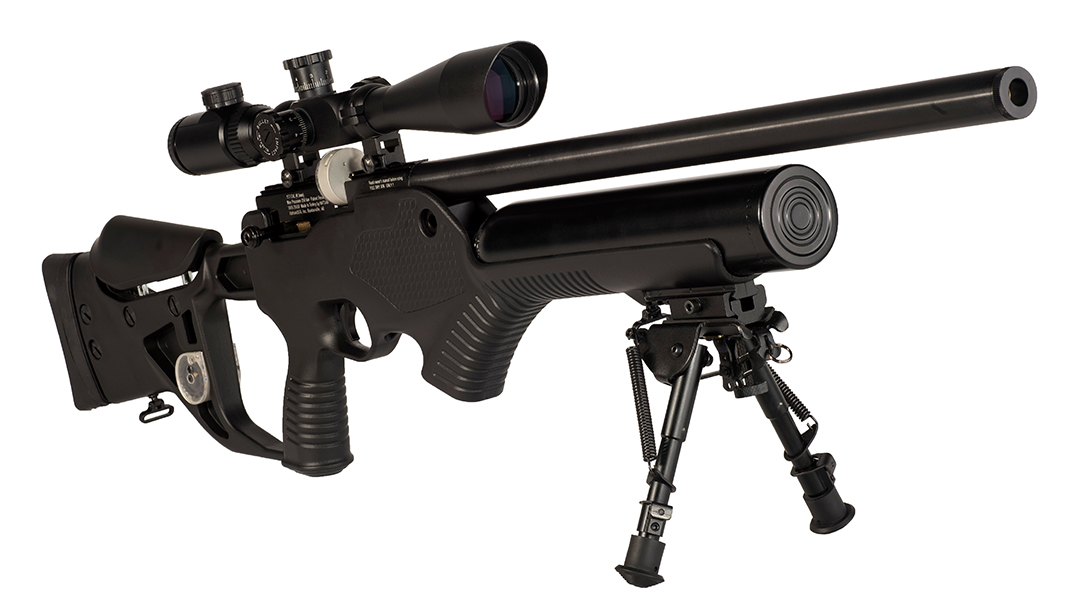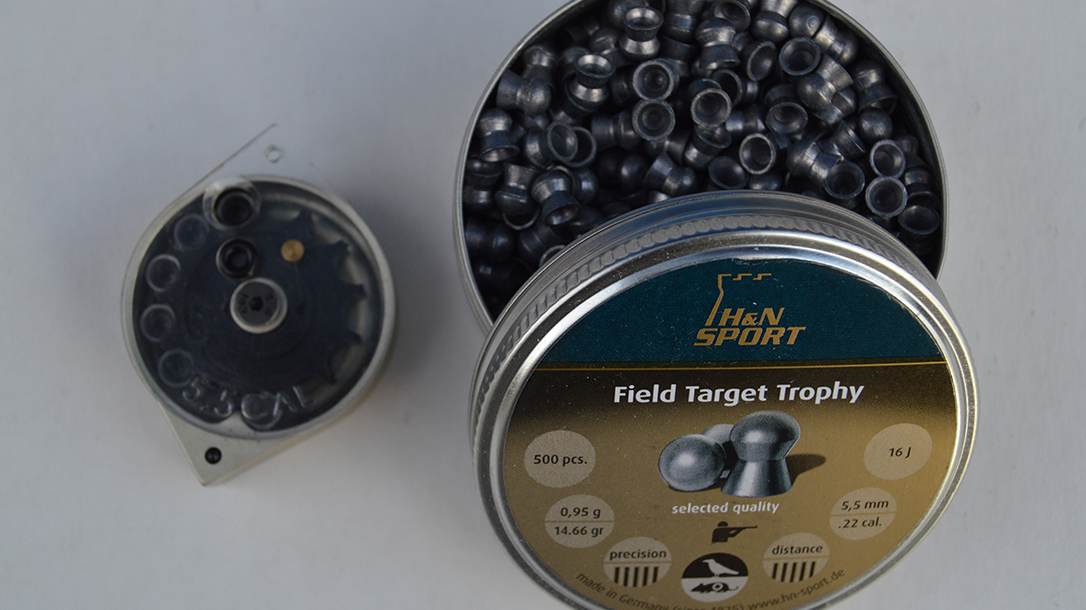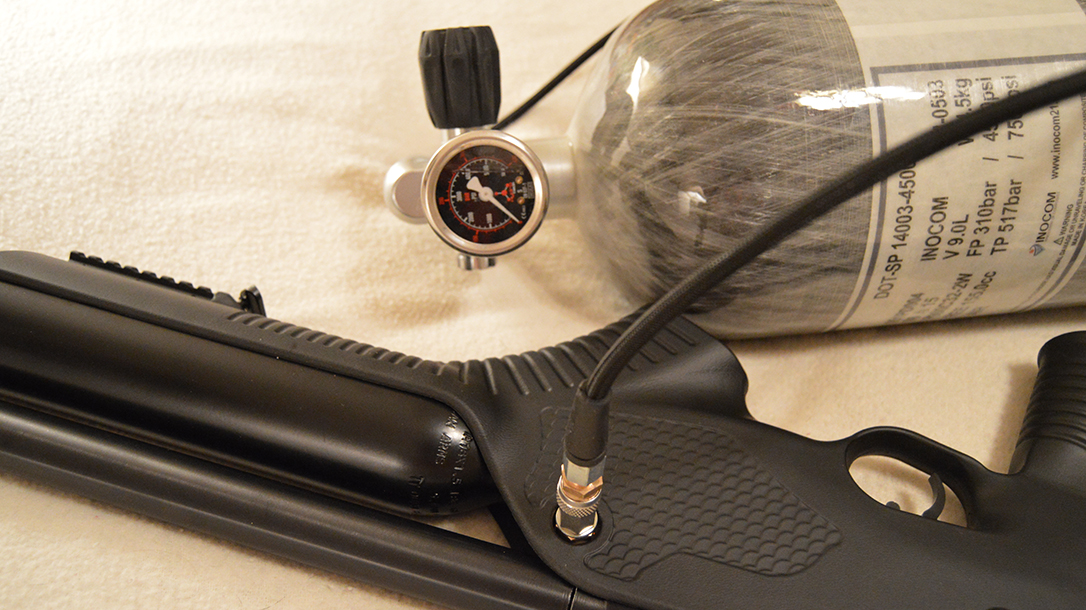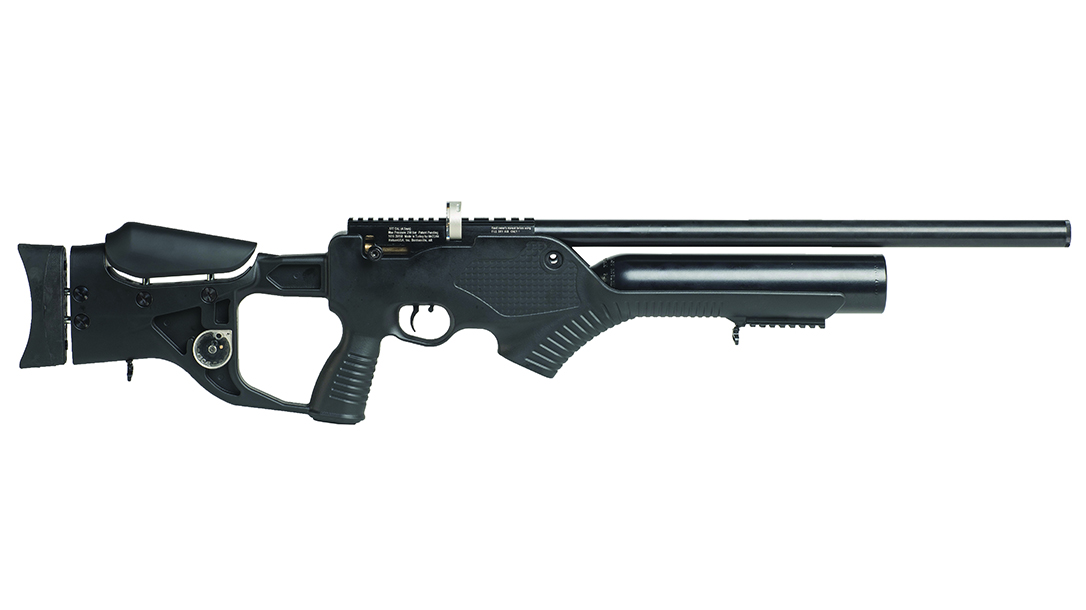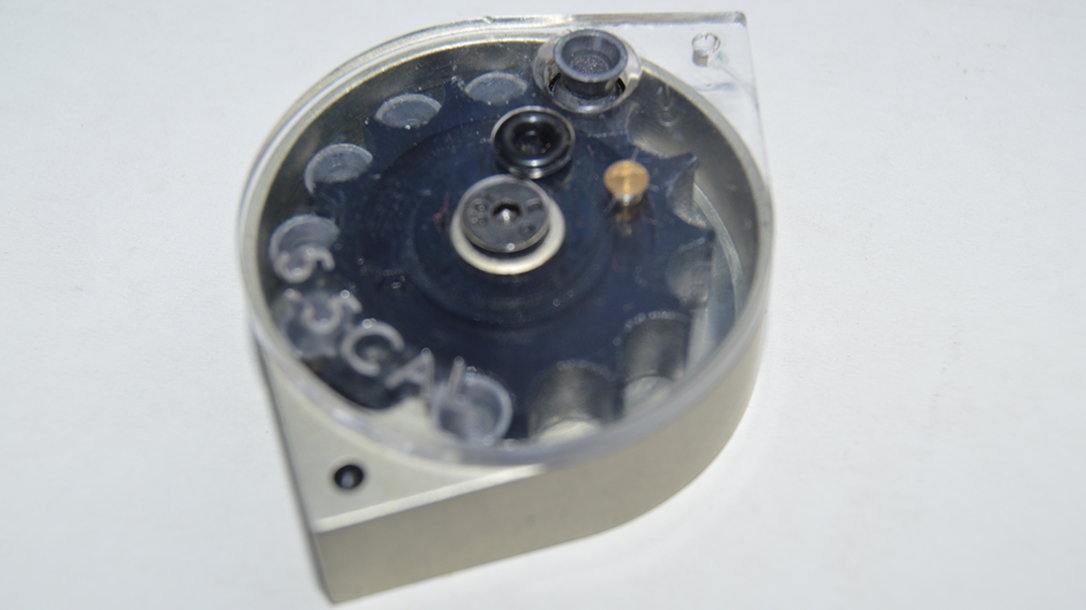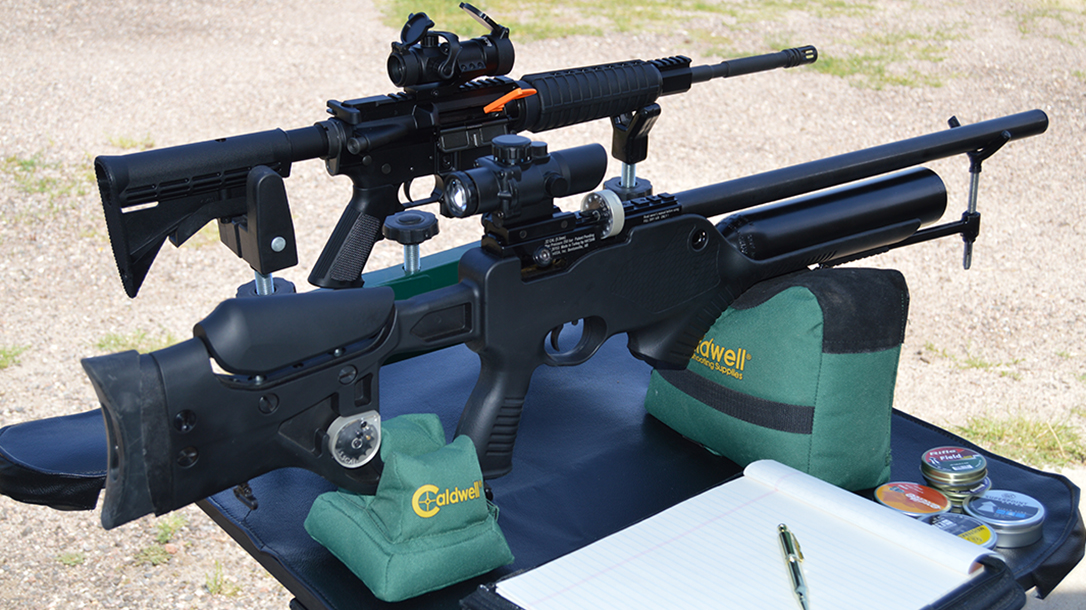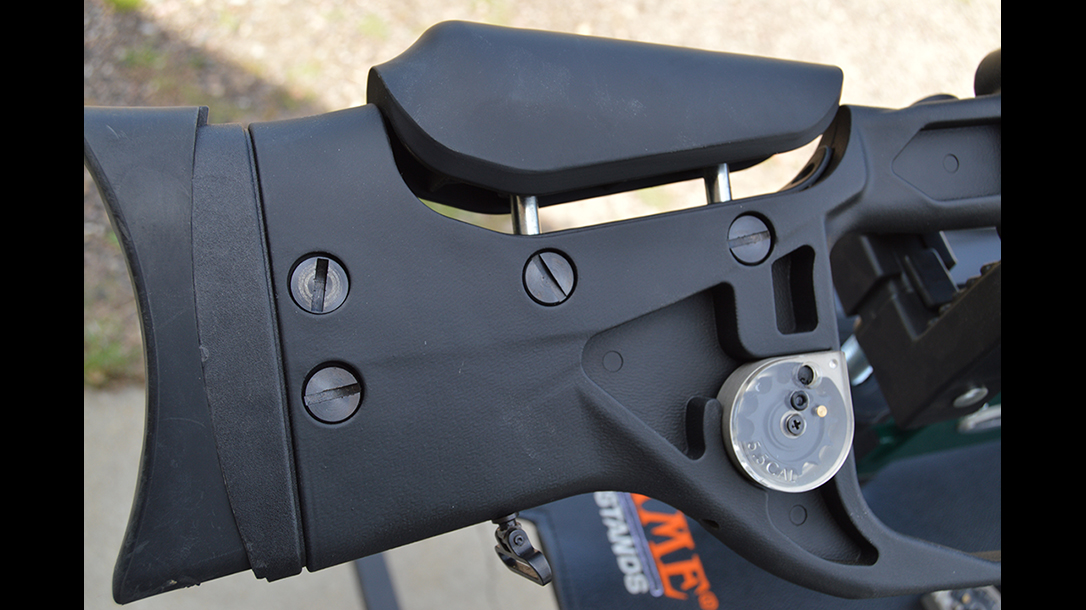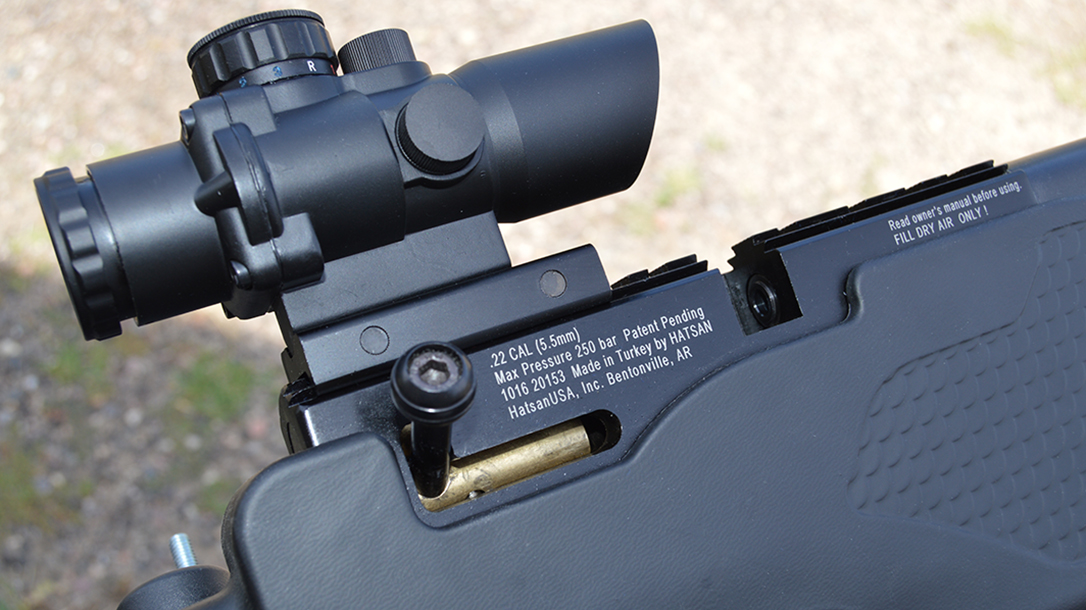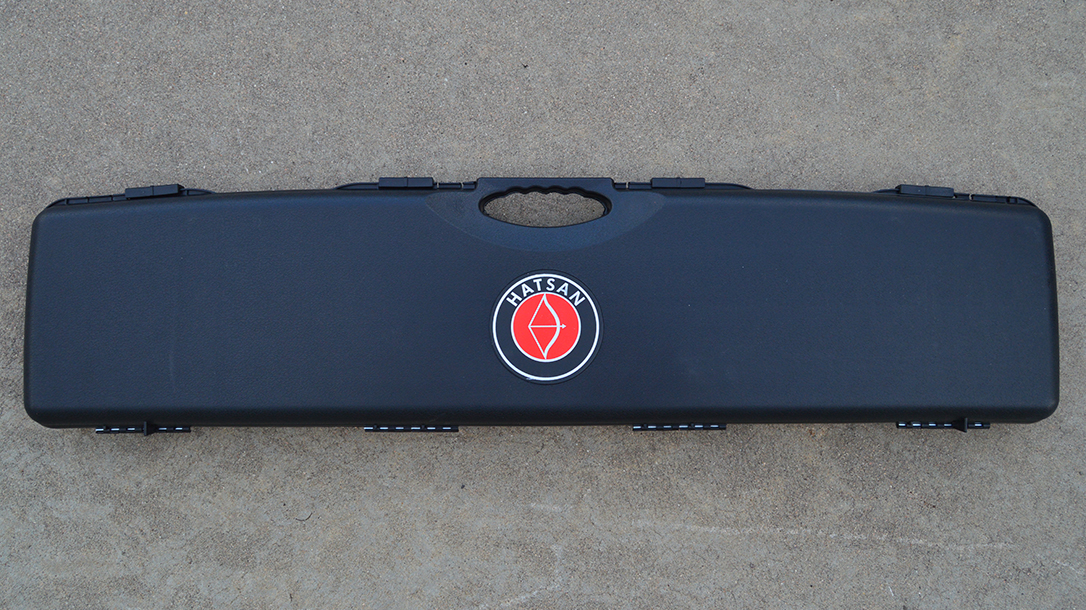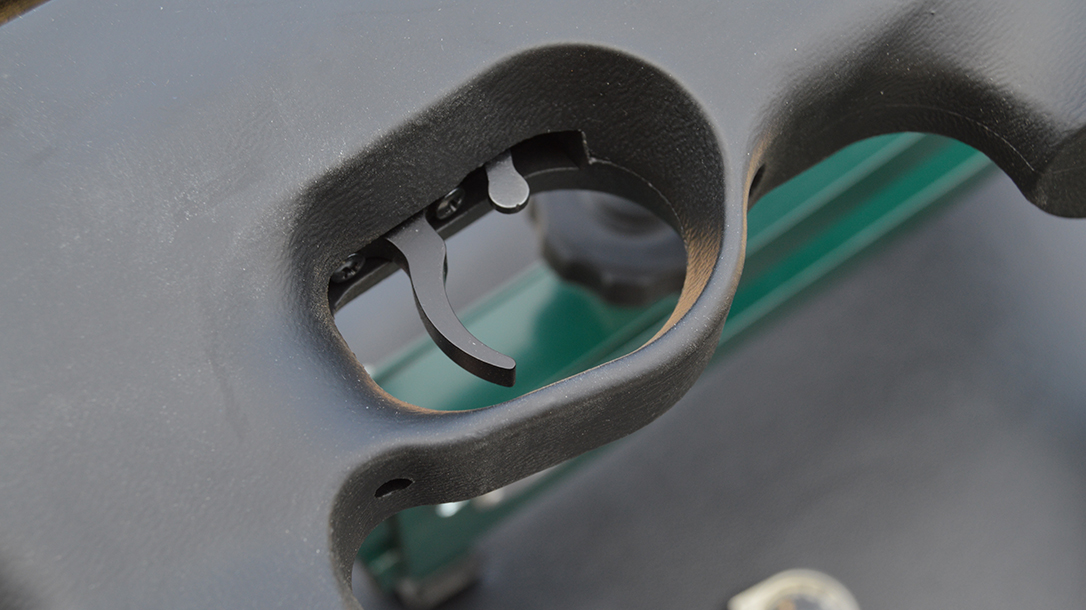It’s not enough to know the manual of arms for your AR. To be considered proficient, you must train. As with any other skill, the more you practice, the better you will become over time. However, ammo is expensive and range time may be limited to weekends for most of us. So what is a viable alternative? How about using the power of air, specifically a pre-charged pneumatic (PCP) air rifle, as a part of your training regimen? One likely candidate is in the form of the Turkish-made Hatsan Barrage, a semi-auto repeater available in .177 or .22 caliber with 14 or 12 shots on tap, respectively. It shares enough commonality with an AR to consider making it a training tool for your kit. And with pellets costing pennies each versus 35 cents or more per round of .223 Remington ammo, it makes financial sense.
Not A Play Thing
If you think of airguns as toys, it’s time to take a serious look at some serious hardware. Modern airguns utilizing high- pressure air (HPA) can come in calibers of .45, .50 and even larger, capable of taking large game. The .22-caliber Barrage that I received for this article has a 500cc air reservoir that can be pressurized to 3,000 psi and drive a 19-grain lead pellet at more than 900 fps out of its 19.7-inch precision-rifled barrel. That equates to approximately 30-plus foot-pounds of energy (fpe)—plenty for taking small game and eradicating pests during the times when it is not being used as part of your training. (Many jurisdictions around the U.S. allow hunting small game and varmints with an air rifle, but make sure you familiarize yourself with all of your local laws and game regulations.)
Advertisement — Continue Reading Below
The Hatsan Barrage is a fun air rifle that doubles as a serious training/hunting tool. It doesn’t require the distances or backstops of an AR, either. If you have some space between you and your neighbors, you might be able to fit in more training if all you have to do is step out of the backdoor with a full air reservoir in the Barrage and a couple of loaded magazines as well as a pocket full of pellets. Having the large onboard air reservoir provides the shooter with plenty of full-power shots without having to carry a supply of air when you go out for a fun afternoon. And finally, being semi-automatic means quick follow-up shots on your quarry if needed.
Quiet Plinking
The fully shrouded barrel on the Hatsan Barrage utilizes Hatsan’s “Quiet Energy” technology. This moderates and reduces the sound signature from a sharp crack to more of a popping noise. However, keep in mind that the HPA coming out of that muzzle as the pellet exits is going to make some noise, so hearing protection is always advised, and eye protection is a must as with using any gun.
The Hatsan Barrage is not a copy of an AR. But it does incorporate modern styling in its ambidextrous, black polymer, thumbhole stock. The stock has dimensions close enough to an AR’s to help you keep your skills sharp without heading to the range. The ambidextrous stock has a few more adjustability features than a typical off-the-shelf AR. The buttpad can be adjusted for length of pull, height and angle for optimal shouldering of the air rifle. The comb is also adjustable to provide the best alignment with your chosen optic.
Advertisement — Continue Reading Below
Removable front and rear sights that mount to the Picatinny top rail are included. Both incorporate TruGlo fiber-optic inserts. Of course, the Picatinny rail lends itself to other optics selections; I mounted a compact Sun Optics CQB Tactical Precision Prismatic sight with an illuminated reticle to keep with the AR theme. The rail is milled into the black anodized aluminum receiver and accepts both 11mm and 22mm bases. If you choose to mount a traditional air riflecope, be mindful of the clearance needed for the rotary magazine. It protrudes above the receiver about 0.75 inches.
Additional Details
Another nice touch is the pocket on either side of the stock for storing two of the three provided magazines. The trigger-guard is amply sized to accommodate a gloved hand, and the metal, smooth-faced trigger is comfortable. The trigger is not adjustable. But it broke smoothly at an average of 6.9 pounds out of the box with about a quarter-inch of travel before engagement. The safety lever sits in front of the trigger and is pushed straight forward, away from the trigger, when ready to fire. I found it to be too short, and its shape was not conducive to easy manipulations. Hatsan should consider revamping the manual safety in future iterations so it would be more comfortable to use.
The HPA that drives the pellet is also bled off from near the muzzle to cycle the action, similar to an AR. The non-removable 500cc air reservoir is housed under the barrel as part of the forearm. The forearm has a 3-inch Picatinny rail for mounting a bipod, a light or other accessory, and it also incorporates a front sling swivel. A small pressure gauge is built into the curved portion of the forearm and is deeply inset. This makes it well protected but a little difficult for these old eyes to see the numbers, which are in units of bar (200 bar equals approximately 2,900 psi).
Advertisement — Continue Reading Below
However, the color-coded sections make it easy to determine if the pressure is in a safe (green) zone or too high or too low to safely operate the rifle. The reservoir is filled via a male probe inserted into the fill hole and attached to either a scuba-type tank, a hand pump or an air compressor.
Double Loading
Care must be taken to avoid accidentally double loading pellets. Each time you cycle the bolt manually with a loaded magazine in place, a pellet is pushed into the chamber. If you must cycle the bolt, remove the magazine after locking the bolt back, and if you suspect double loading, simply run a .22-caliber cleaning rod down the barrel and gently push the pellets out of the breech.
How It Stacks Up
What are some of the similarities between a typical AR and the Hatsan Barrage? First up is length. At 40.9 inches overall, the Barrage is near an AR. Most ARs also feature pistol grips, foregrips and polymer furniture. The Barrage checks those boxes, too, along with having built-in rails for additional accessories.
Advertisement — Continue Reading Below
It’s also a semi-auto that uses gas bled from the barrel, just like an AR. The Barrage’s bolt handle reciprocates, and the bolt locks open after the last round has been fired. Finally, all safe gun handling rules apply here, including the need for eye and ear protection, especially if you’re shooting indoors.
Differences
Of course, there are some differences. The Hatsan Barrage weighs more than a stock AR. You also won’t get much in terms of recoil or noise/muzzle flash. PCP air rifles like the Barrage are essentially recoilless until you get into the bigger bores, and no powder is being burnt, so you won’t get any sort of muzzle signature. This lack of powder also translates to minimal cleaning and maintenance. You only have to occasionally swab the barrel and replace rubber O-rings with the Barrage. It doesn’t disassemble like an AR; in fact, taking it apart voids the warranty. And your ability to customize the air rifle is limited—there certainly aren’t as many aftermarket suppliers available like there are for ARs.
Advertisement — Continue Reading Below
The fire controls aren’t the same. You won’t be using the Barrage to practice rapid reloads or clearing jams. But it lends itself to proper gun-handling skills, breath and trigger control and rapid-fire drills. You just need to get a little creative to incorporate it into a training program.
One Last Thing
A couple of other differences worth noting involve heat. While you don’t have to worry about a barrel heating up with an air rifle, you will want to avoid exposing it to excessive heat because of the high pressure in the air reservoir. There is also a small learning curve to HPA—it’s not difficult, mostly just learning safe handling procedures. Initial costs will also be higher because you need a high-pressure air source such as a scuba-type tank or a manual HPA pump, which is available from any of the dealers that stock PCP airguns.
Hatsan USA warranties the Hatsan Barrage for one year. Its service department receives high marks from customers. You won’t find these guns at your local big-box retailer. Reach out to Hatsan USA directly at hatsanusa.com, or any retailers that deal in high-end airguns.
Advertisement — Continue Reading Below
Hatsan Barrage Specs
| Caliber: .22 |
| Barrel: 19.7 inches |
| OA Length: 40.9 inches |
| Weight: 10.1 pounds (empty) |
| Stock: Synthetic thumbhole |
| Sights: TruGlo fiber-optic |
| Action: Pre-charged pneumatic |
| Finish: Black |
| Capacity: 12 |
| MSRP: $1,300 |
